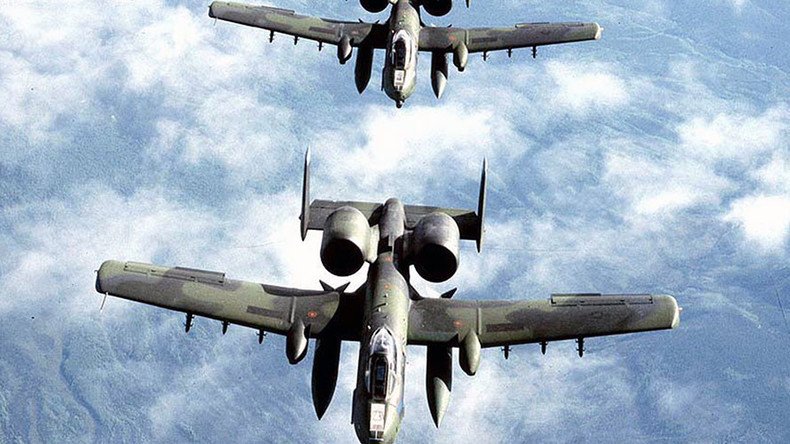Re: Regional geopolitics
The only part of the unsettled Artsakh conflict is regaining the northern mountainous territories all the way to the Georgian border to create a permanent security buffer to the rest of Armenia.
Originally posted by Vrej1915
View Post








Comment